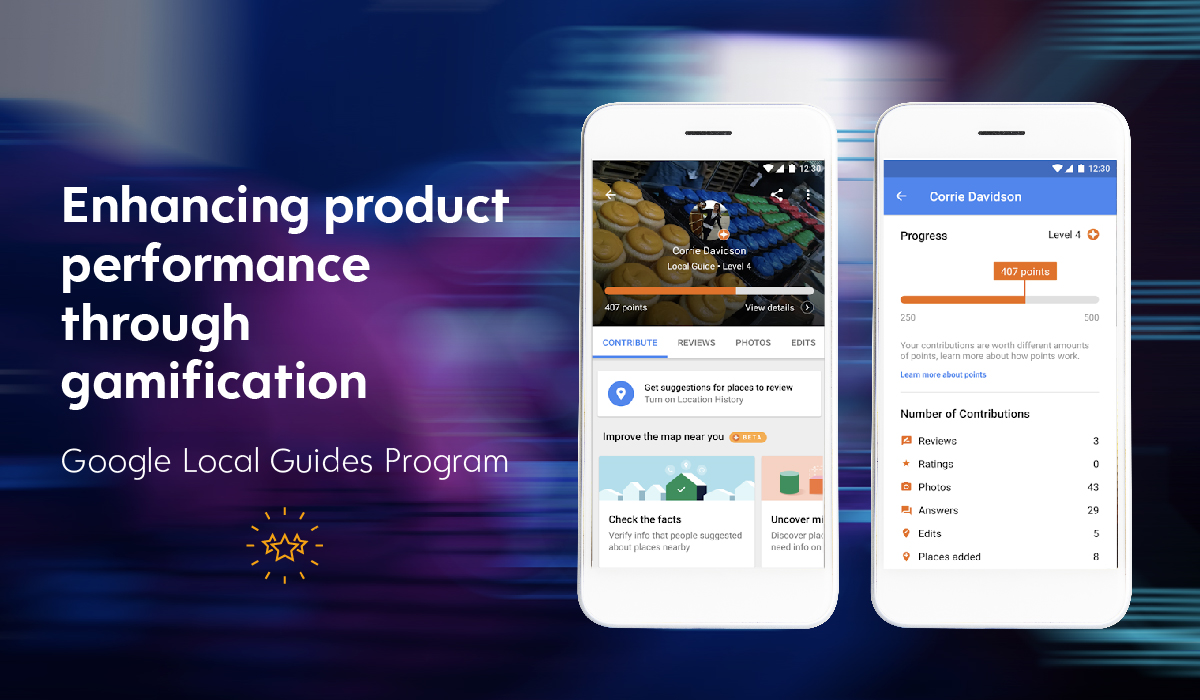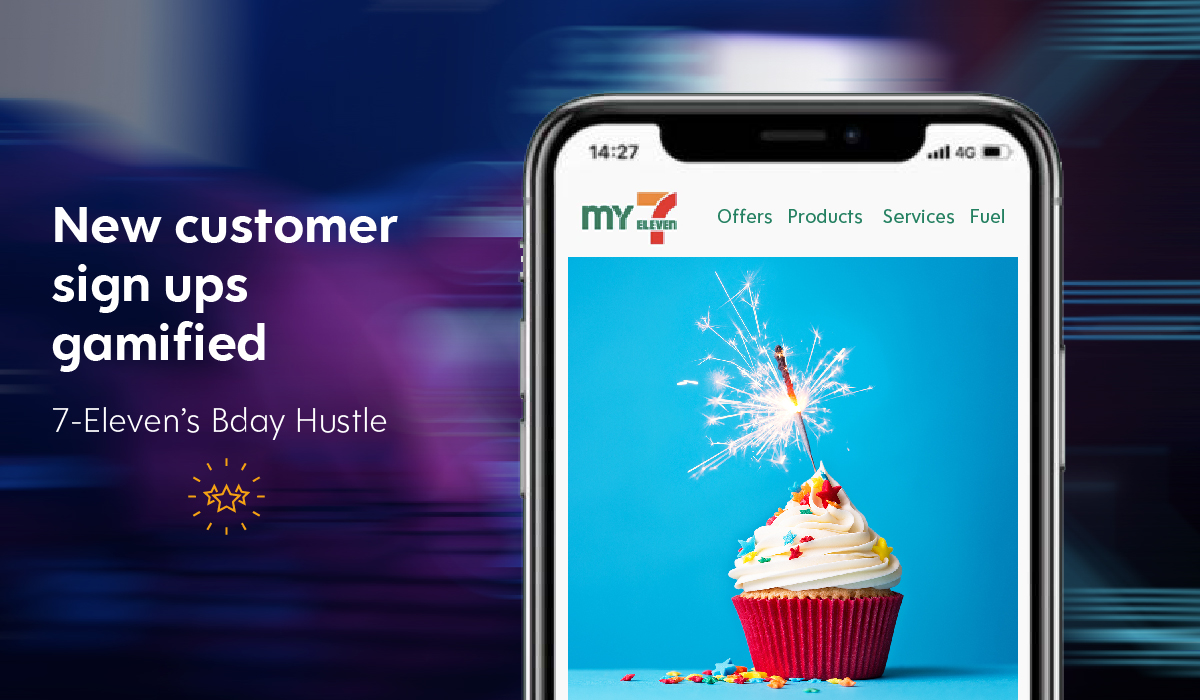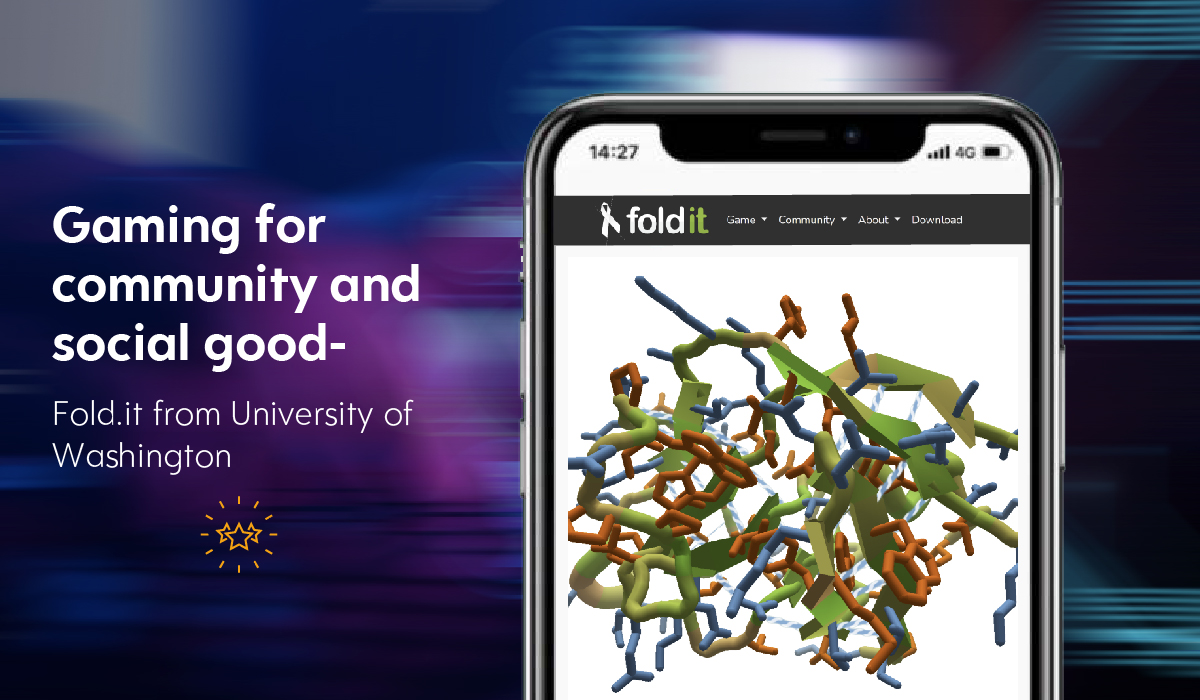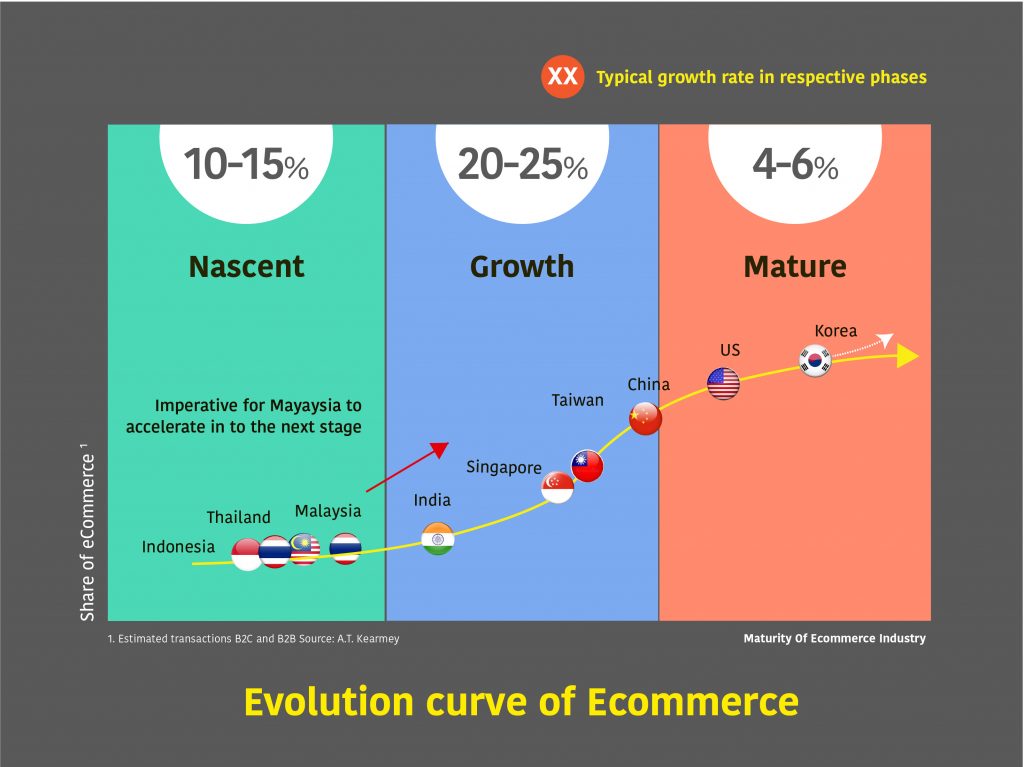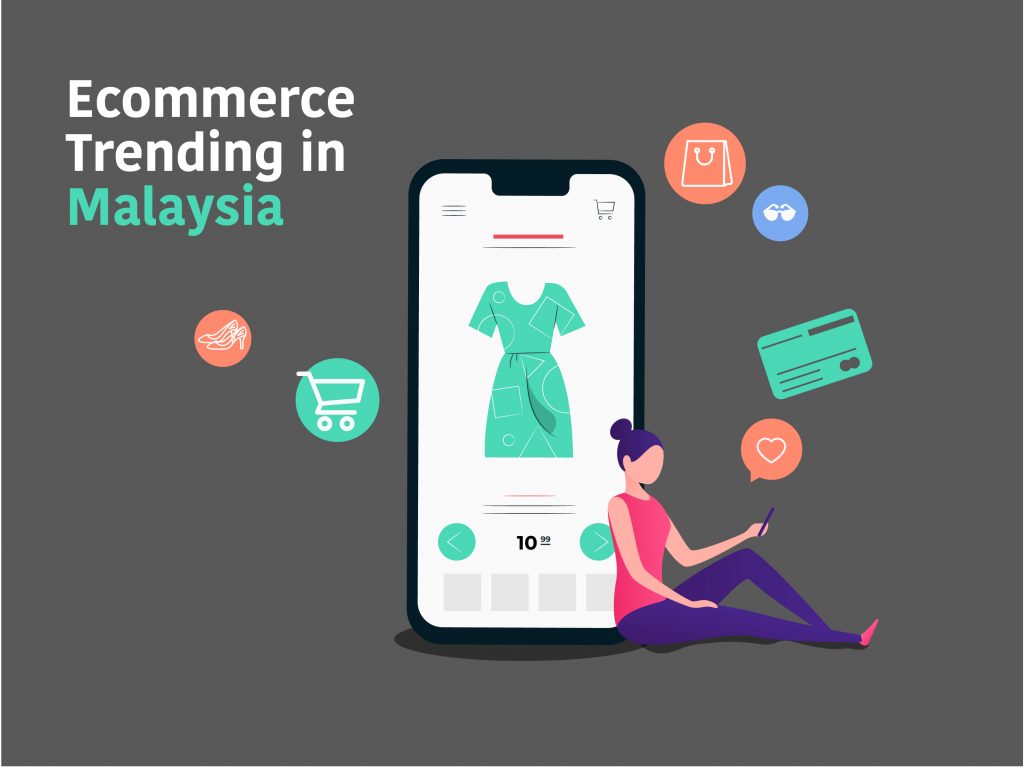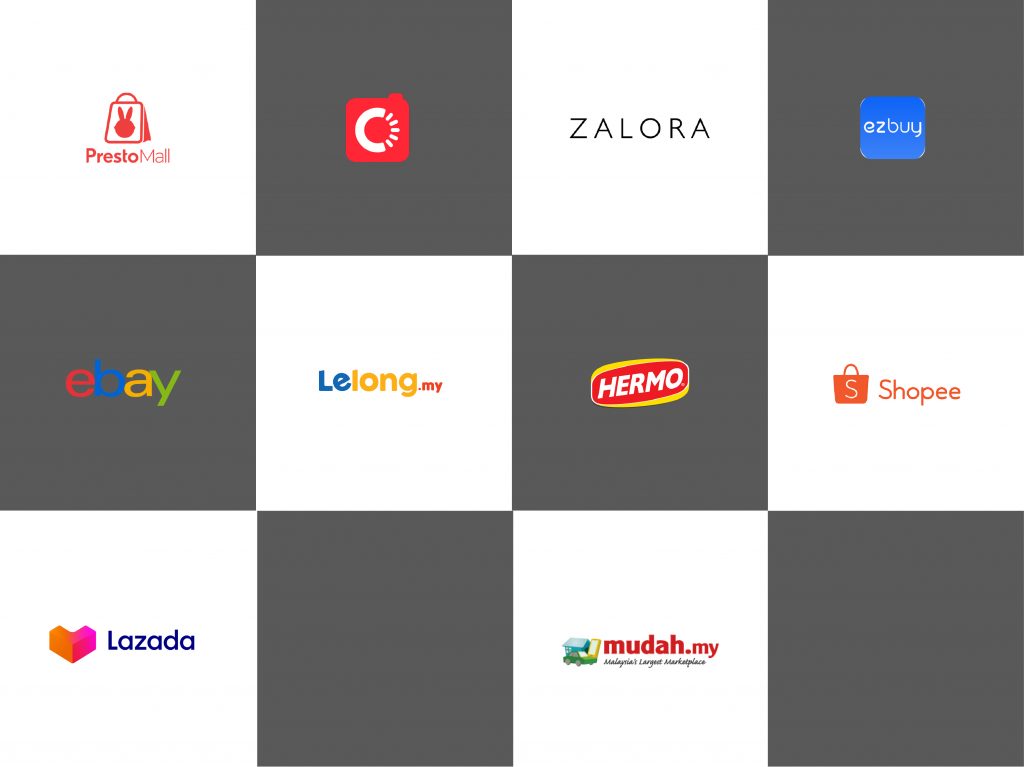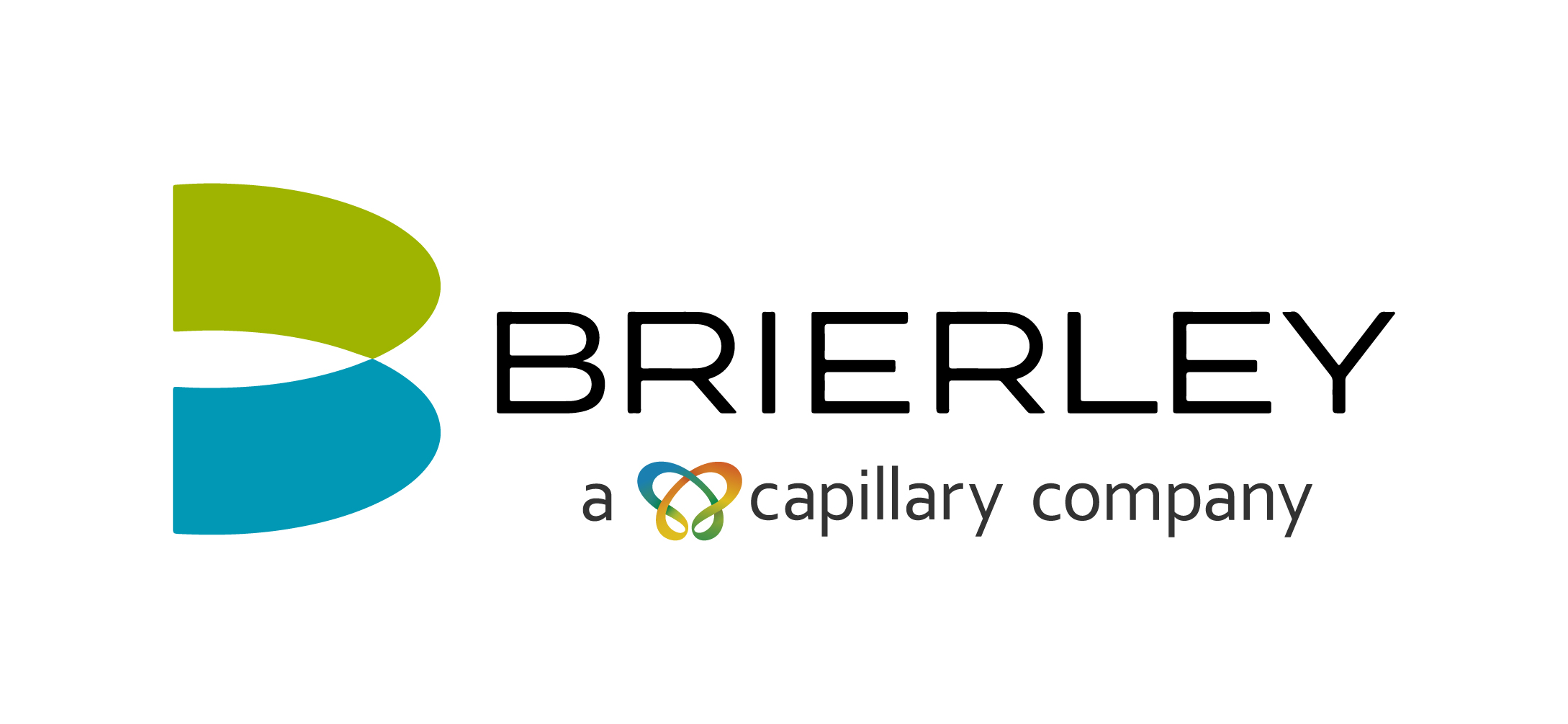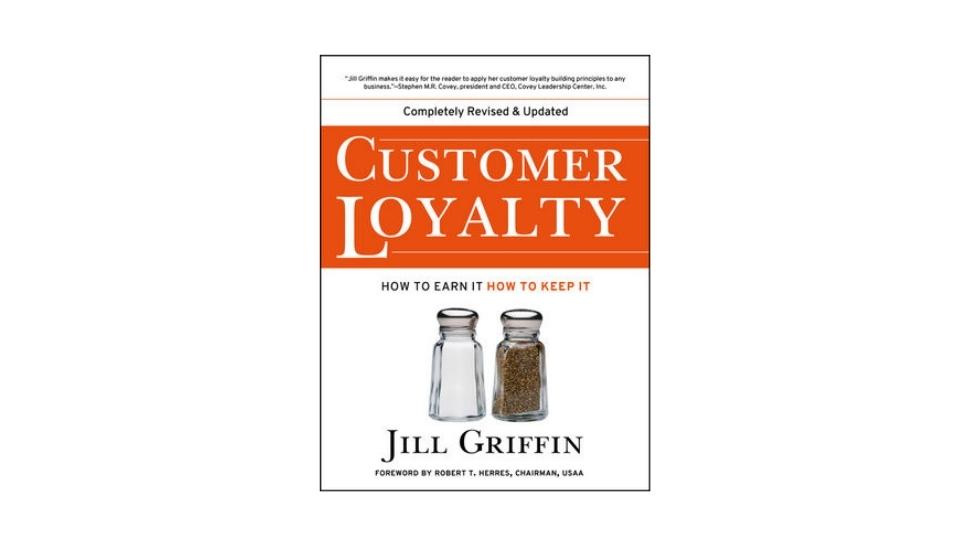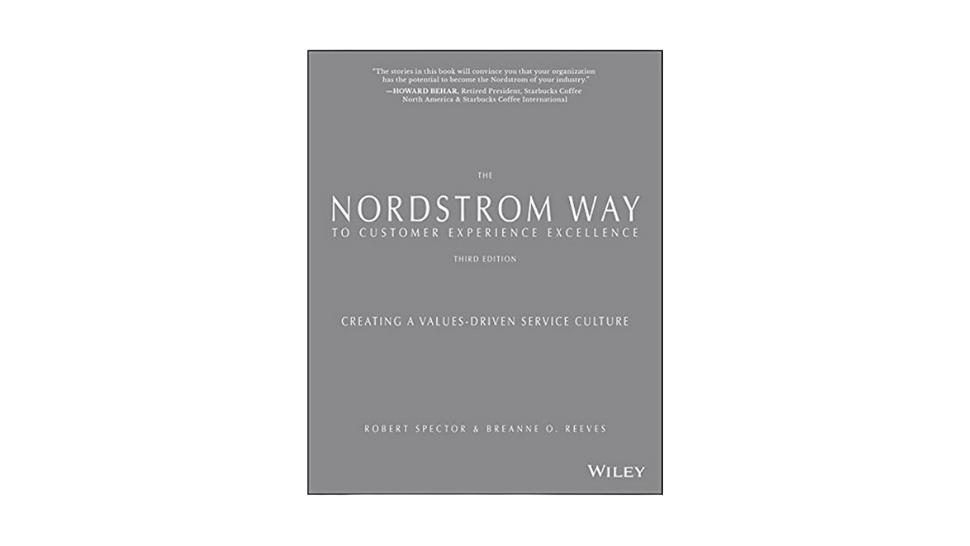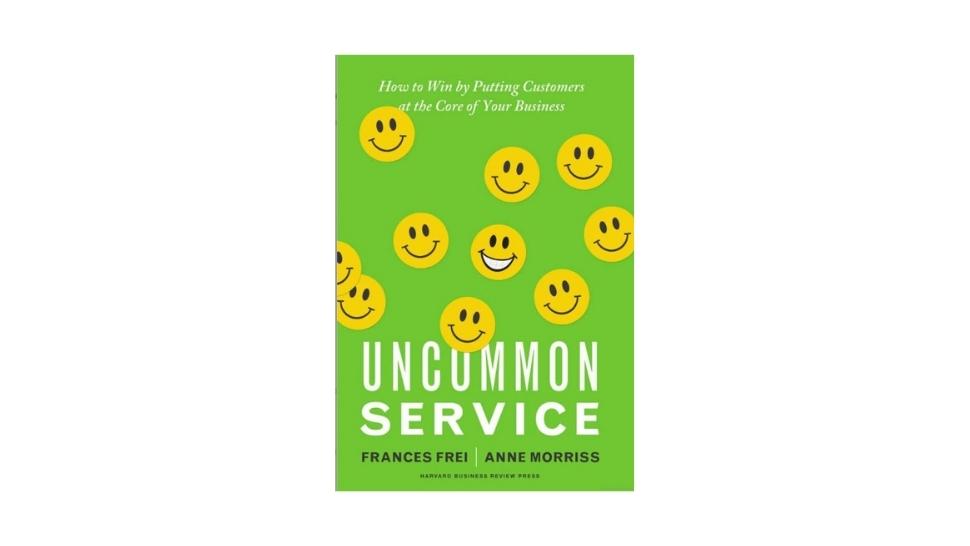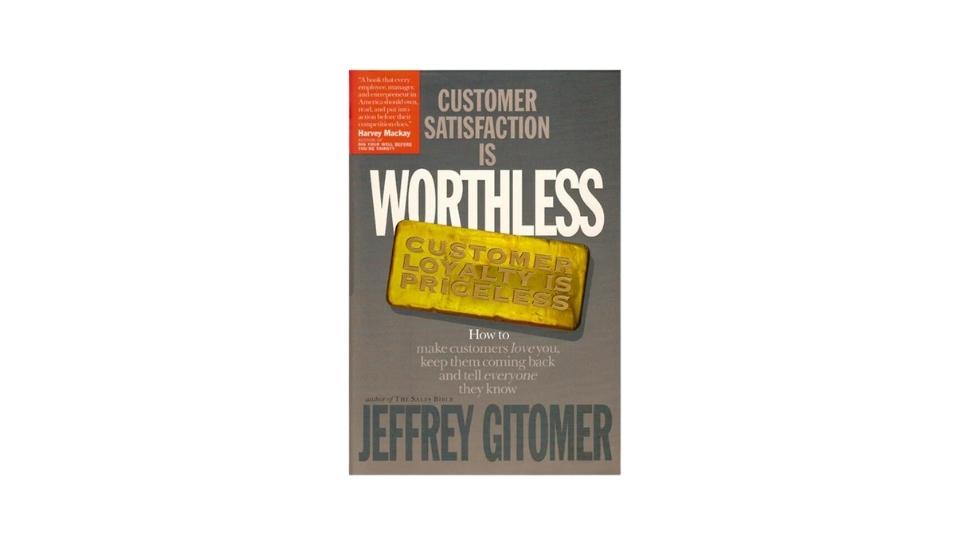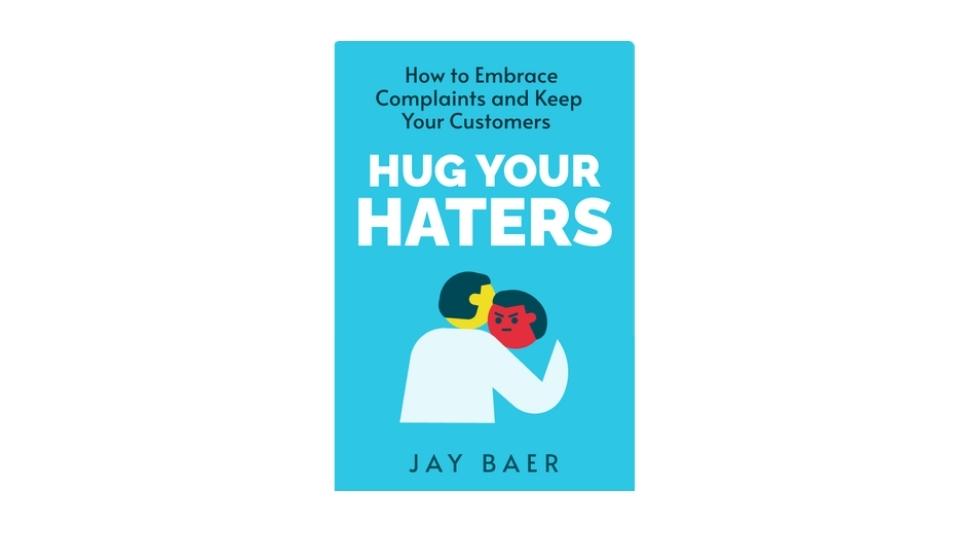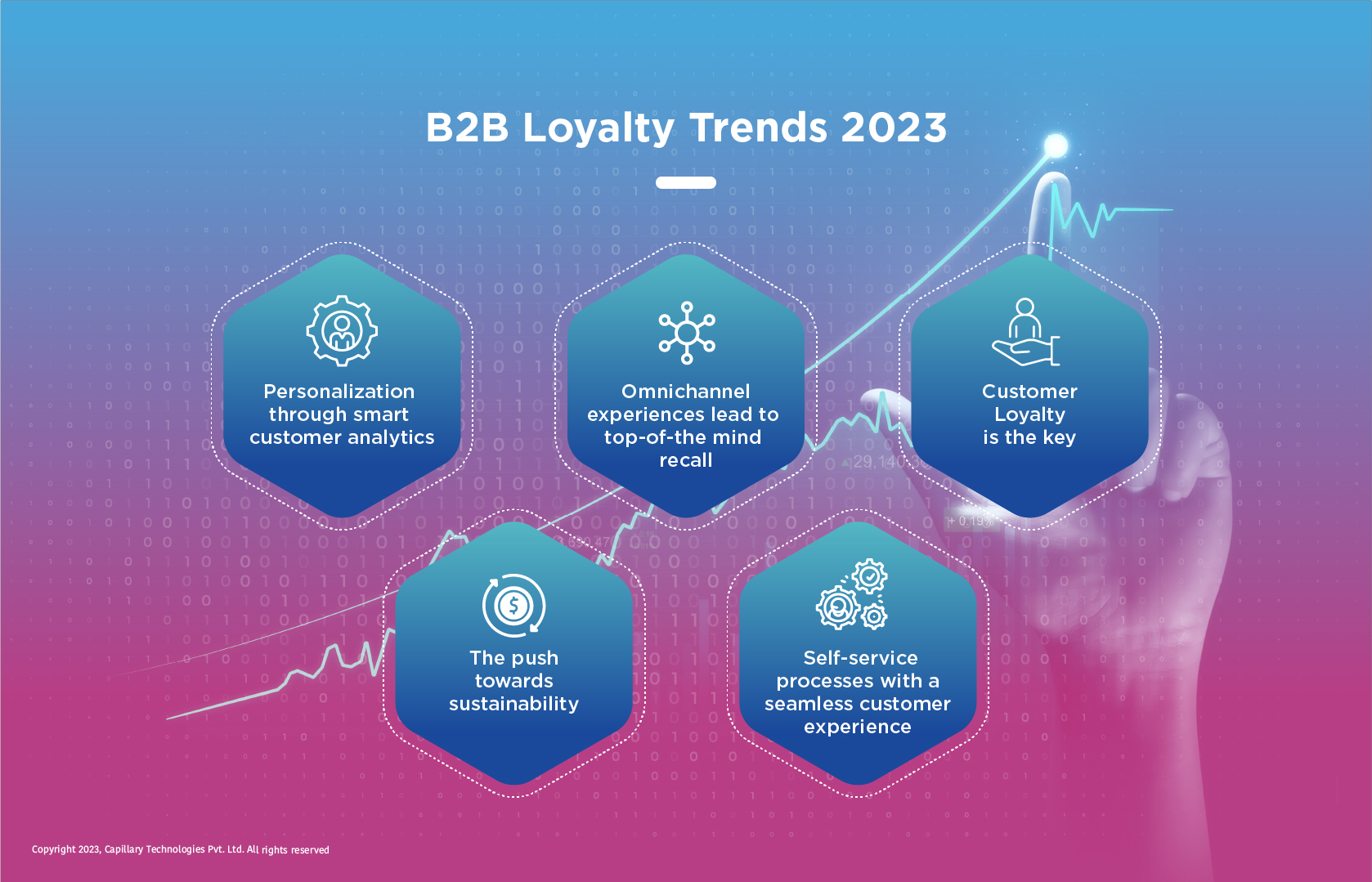It begins with an innocent game of peek-a-boo, then moves to receiving a nickel each time we tie our shoelaces and later a playstation in exchange for receiving ‘A’ in mathematics – as human beings we are hardwired to play games and we gamify our everyday living in more ways than we realize.
Gamification has been the marketer’s tool for a long time. But now, with access to true zero and first-party data and the possibility of creating phygital omnichannel experiences, gamification can mean a whole lot more. So it is hardly surprising that brands are re-discovering gamification and its potential to elevate users’ to customers to advocates.
How Gamification enables Customer Loyalty
Loyalty is not a once-and-for-all destination, where brands finally arrive never to look back and customers continue to stay on forever. How we wish it were! But a more realistic interpretation of loyalty would be ‘intimacy’.
“Loyalty is an ever-growing intimacy between a brand and its customers, where each is willing to put more at stake for the other. The more frequently and diversely customers are willing to engage with the brand, the deeper is the intimacy and greater the loyalty.”
Gamification can help brands create loyalty differentiation through fun and uniqueness. Incorporating gamification into their customer engagement strategies, brands see a 47% rise in engagement, a 22% rise in brand loyalty, and a 15% rise in brand awareness.
By taking game elements like play, competition, transparency, rewards, and challenges, and applying them to non-game contexts, you can incentivize customers to engage with the brand in a desired manner. And with the right engagement, everything else follows.
- Begin with a clear objective- Greater social media engagement, increased purchase frequency, more app downloads, new sign-ups, or nudging customers to move up the reward tiers – any brand objective can be gamified and become a precursor for loyalty.
- Follow the customer journey- Customer expectations and motivations differ at each point in the journey. Use these to identify which touch point syncs closely and can deliver maximum success in meeting the objective.
- Gamify engagement- See what motivates your customers to take action. Then gamify and enable this motivation through tiers, rewards, redemption, feedback and social connect. Look to balance the customer effort with an equal reward for maximum engagement.
Using Gamification in Loyalty Programs
In an engagement economy like the one today, time and attention are increasingly scarce. So users gravitate to loyalty programs that are rewarding and provide opportunities to achieve, grow and connect with others. Brands that recognise can leverage gamified experiences to build true intimacy with their customers.
- Enhancing product performance through gamification- Google Local Guides Program
If you have a google account and contribute to the public data in any manner, you are automatically enrolled as a Local Guide.
Google’s Local Guide program has 10 different levels and 7 badges, awarded against points collected by contributing reviews, ratings, photos, responding to Q&As and more. The collected points give benefits like early access to Google features and special rewards from partners.
As contributors move through the program and up the leaderboard, Google receives user generated content, which it uses to improve SERP with better local insights.
- Gamification for likes, shares, referrals and more- Sweet Points Program from Sweet Lounge
Sweet Lounge, a UK-based candy brand that makes gluten-free, plant-based candy for all. In addition to earning points for sign-up and purchases, customers also earn 50-75 Sweet Points for every time they engage with the brands on Facebook and Instagram, and 250 Sweet Points when they refer family and friends.
The redemption slabs have been purposely kept high – at 1000, 1500 & 3000 Sweet Points – a hard level for anyone to reach only through social media engagement. This encourages customers to refer more peers to the program, as it offers the most points and is the quickest way up the ladder.
- New customer sign ups gamified! – 7-Eleven’s Bday Hustle
7-Eleven delivered free offers to its app users on its 87th birthday. Each day for a week, coupons for different free items were featured on 7-Eleven’s smartphone app. Giveaways included free Slurpees, Hostess Twinkies, Snickers ice cream bars, Pillsbury cookies and more.
To receive each day’s free offer, customers were required to download and register on the 7-Eleven app. Each offer had an associated barcode, which was shown at the checkout counter and redeemed immediately.
The rewards were heavily promoted on the brand’s social media pages and shared further by appreciative customers, which enabled 7-Eleven to earn countless app downloads and new customer sign-ups.
- Gathering better customer data through gamification – Domino’s Points-for-Pies campaign
Domino’s Points-for-Pies campaign let customers earn rewards points by simply clicking pictures of any pizza! – whether it came from Domino’s, the grocery-store freezer, a neighborhood slice shop or anywhere else. Customers earned 10 points for a scan and received a free Domino’s pizza once they hit 60 points. But what did Domino’s gain from this? The pizza chain can segregate all this information by say location. Then use AI & machine learning to analyze the photos and deduce the pizza brands, size, topping, et all. Domino’s now has an exceptional understanding of each app user, their preferences, the brands they may be buying, location-wise winners and a lot more. And all this prime zero-party data comes from customers and as well as non-customers (who had downloaded the Domino’s app just to participate and get a free pizza).
- Driving purchases through gamification – Stride Rite’s Phygital execution
A great example of phygital gamification comes from shoe retailers Stride Rite, with their campaign encouraging kids to ‘try on their shoes’. Shoppers would select a shoe in the store, try them on, and mimic dance moves on screen as accurately as possible. At the end of each game, the child would receive a score, which they could share online. Not only did this increase the amount of time children and their parents spent in-store, it also drove the sales conversion rate because shoppers felt positively about the shoes they had tried on. The families sharing dance scores on their social media accounts was an added bonus!
- Gaming for community and social good – Fold.it from University of Washington
Meet the revolutionary online game that has gamified scientific research into citizen science and is crowdsourcing solutions. Through Foldit, players can contribute to advanced research on human health, cutting-edge bioengineering, and the inner workings of biology.
Foldit gamers solved a 15-year old HIV enzyme riddle in just 3 weeks!
The objective of Foldit is to fold (or solve) the structures of selected proteins as perfectly as possible, using tools provided in the game. As a protein structure is modified, a score is calculated based on how well-folded the protein is, and a list of high scores for each puzzle is maintained. The highest scoring solutions are analyzed by researchers, who determine whether this structure can have real-world applications. Scientists can then use these solutions to target and eradicate diseases and create biological innovations.
More recently, the platform introduced a puzzle to work on the protein code for Coronavirus in a bid to crowdsource a solution that helps scientists develop a working vaccine.
When designing for successful gamification –
- Design to evoke emotions
It is a given that gamified experience should be fun for the player. But ‘fun’ is a rather hard concept to define and achieve. So can gamification be designed for emotions? Can you make a player feel intrigued, curious, excited, joyful and epic? By designing to evoke emotions, you also achieve fun as a spin-off.
- Gamify everyday tasks
The possibility of creating excitement is the highest with repetitive tasks performed everyday. The more basic a task you gamify, greater is the possibility of positive customer engagement and appreciation.
- Get quirky with rewards
Go beyond earnings and savings rewards to create offerings of value to your customers. A reward can be a simple freebie, donating to a social cause for each sale, recognition and a lot more. Brands that can innovate the right rewards for their audience, are already half-way to receiving a great response.
The Future of Gamified Loyalty is Omnichannel & 1:You
Brands are catering to Boomers, Gen X, Millennials and Gen Z all at the same time. So you are required to understand how customers across segments engage with technology and what types of games they’re most likely to engage with. If some of your rewards program members love to interact on mobile, others on desktop and others in-store, it only makes sense to ensure customers can engage with the program (including its gamification) wherever they are.
While technology is enabling brands to create 1:1 personalization, it is also inspiring
an ever-growing uniqueness in customers and preferences. We are experiencing the need to re-segment customers more frequently, to reveal micro-clusters with niche and dynamic demands. To respond, brands must go beyond 1:1 personalization and deliver 1:you omnichannel gamified engagement.
With an omnichannel execution you broadcast wide to reach all customers, with 1:you, you dive deep to serve personal preferences and the gamification bit, that’s for engagement and fun!
At Capillary, we understand how data and technology can re-imagine long-term loyalty. We help brands decode what motivates their customers, build omnichannel gamified engagements around it to achieve affinity and enable loyalty. Connect with our loyalty gamification experts to know how we do the same for you.
